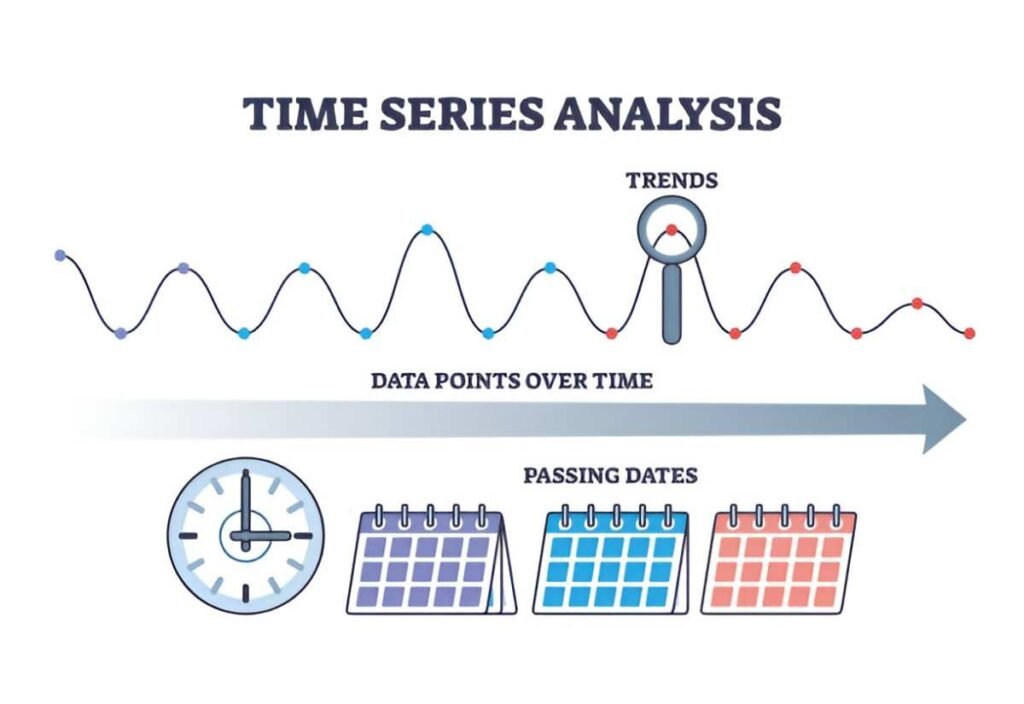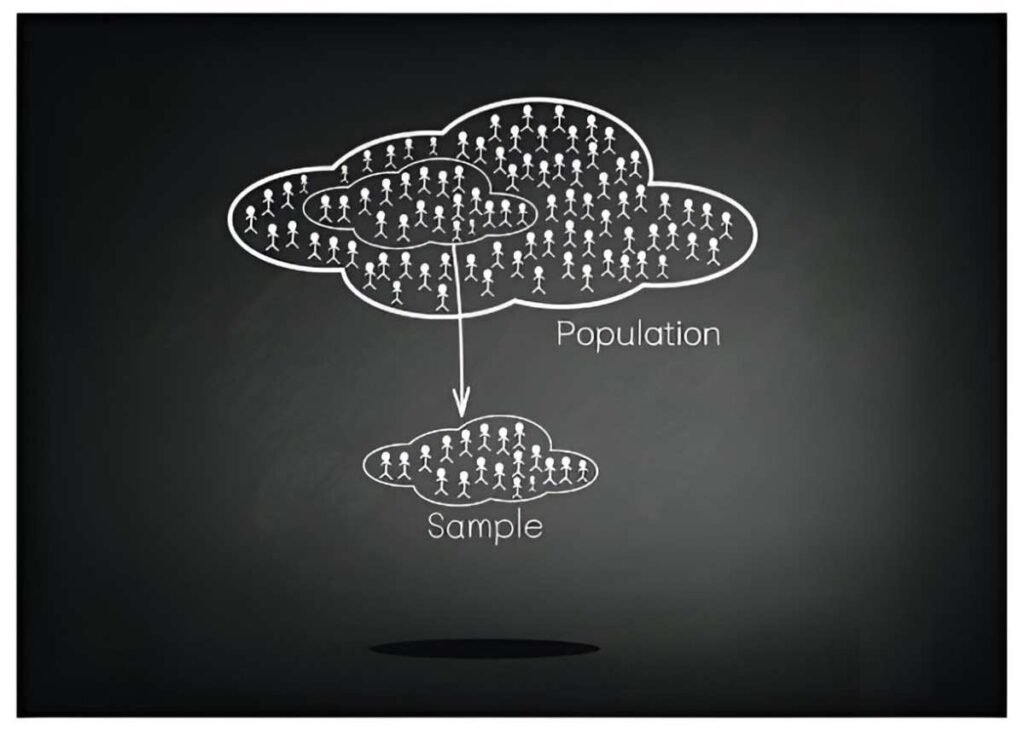When I first encountered the term “semantic differential,” I was intrigued by its name but unsure of its practical application. Over time, I realized it is one of the most versatile tools in social sciences, marketing, and even finance. It helps us measure subjective perceptions, attitudes, and emotions in a structured way. In this article, I will break down the concept of semantic differential, explain its mathematical foundations, and show you how to use it effectively. Whether you’re a student, researcher, or professional, this guide will help you understand and apply semantic differential with confidence.
Table of Contents
What Is Semantic Differential?
Semantic differential is a type of rating scale used to measure the connotative meaning of objects, events, or concepts. Developed by Charles E. Osgood and his colleagues in the 1950s, it captures how people perceive things on a spectrum between two bipolar adjectives. For example, you might rate a brand as “friendly” vs. “unfriendly” or a product as “expensive” vs. “affordable.”
The key idea is that our perceptions are not binary but exist on a continuum. Semantic differential scales allow us to quantify these perceptions, making them useful for research, decision-making, and strategy development.
The Structure of Semantic Differential Scales
A semantic differential scale typically consists of a series of bipolar adjective pairs, each representing a dimension of meaning. Respondents rate the concept being studied on a scale between these pairs. For example:
| Adjective Pair | 1 | 2 | 3 | 4 | 5 | 6 | 7 |
|---|---|---|---|---|---|---|---|
| Friendly – Unfriendly | |||||||
| Modern – Traditional | |||||||
| Reliable – Unreliable |
Here, 1 represents the strongest association with the first adjective (e.g., “friendly”), and 7 represents the strongest association with the second adjective (e.g., “unfriendly”).
Mathematical Foundations
The semantic differential scale is rooted in the idea that meaning can be represented in a multidimensional space. Osgood identified three primary dimensions of meaning:
- Evaluation: Good vs. Bad
- Potency: Strong vs. Weak
- Activity: Active vs. Passive
These dimensions form the basis of most semantic differential scales. Mathematically, we can represent a respondent’s rating as a point in this multidimensional space. For example, if we have three dimensions, a rating can be represented as a vector:
\mathbf{R} = (E, P, A)Where:
- E is the evaluation score,
- P is the potency score,
- A is the activity score.
We can calculate the overall semantic differential score for a concept by averaging the scores across all dimensions. For example, if we have n respondents, the average score for a dimension D is:
\bar{D} = \frac{1}{n} \sum_{i=1}^{n} D_iThis approach allows us to compare different concepts or track changes in perceptions over time.
Applications of Semantic Differential
1. Market Research
In marketing, semantic differential scales are used to measure brand perception. For example, a company might use a semantic differential scale to understand how customers perceive its brand compared to competitors. By analyzing the results, the company can identify areas for improvement and develop targeted marketing strategies.
2. Product Development
Semantic differential scales can also be used in product development to gather feedback on prototypes. For example, a car manufacturer might use a semantic differential scale to measure how potential customers perceive the design, comfort, and performance of a new model.
3. Employee Satisfaction
In human resources, semantic differential scales can be used to measure employee satisfaction and engagement. For example, an organization might use a semantic differential scale to assess how employees perceive the company culture, leadership, and work environment.
Example: Calculating Semantic Differential Scores
Let’s walk through an example to illustrate how semantic differential scores are calculated. Suppose we want to measure how people perceive a new smartphone. We use the following adjective pairs:
- Innovative – Traditional
- Affordable – Expensive
- Reliable – Unreliable
We survey 5 respondents and obtain the following ratings (on a scale of 1 to 7):
| Respondent | Innovative – Traditional | Affordable – Expensive | Reliable – Unreliable |
|---|---|---|---|
| 1 | 2 | 5 | 3 |
| 2 | 1 | 6 | 2 |
| 3 | 3 | 4 | 4 |
| 4 | 2 | 5 | 3 |
| 5 | 1 | 6 | 2 |
To calculate the average score for each dimension, we use the formula:
\bar{D} = \frac{1}{n} \sum_{i=1}^{n} D_iFor the “Innovative – Traditional” dimension:
\bar{D}_{\text{Innovative}} = \frac{2 + 1 + 3 + 2 + 1}{5} = 1.8For the “Affordable – Expensive” dimension:
\bar{D}_{\text{Affordable}} = \frac{5 + 6 + 4 + 5 + 6}{5} = 5.2For the “Reliable – Unreliable” dimension:
\bar{D}_{\text{Reliable}} = \frac{3 + 2 + 4 + 3 + 2}{5} = 2.8These scores suggest that the smartphone is perceived as innovative, expensive, and somewhat reliable.
Advantages of Semantic Differential
- Flexibility: Semantic differential scales can be adapted to measure a wide range of concepts.
- Simplicity: The scales are easy to understand and use, making them accessible to respondents.
- Quantitative Data: The scales provide numerical data that can be analyzed statistically.
Limitations of Semantic Differential
- Subjectivity: The choice of adjective pairs can influence the results.
- Cultural Bias: The meaning of adjectives can vary across cultures, affecting the validity of the results.
- Response Bias: Respondents may avoid extreme values, leading to skewed results.
Best Practices for Using Semantic Differential
- Choose Relevant Adjective Pairs: Select adjective pairs that are relevant to the concept being studied.
- Use a Balanced Scale: Ensure the scale has an equal number of positive and negative adjectives.
- Pilot Test the Scale: Test the scale with a small group of respondents to identify any issues.
- Analyze the Data: Use statistical techniques to analyze the data and draw meaningful conclusions.
Conclusion
Semantic differential is a powerful tool for measuring subjective perceptions and attitudes. By understanding its structure, mathematical foundations, and applications, you can use it to gain valuable insights in your field. Whether you’re conducting market research, developing products, or measuring employee satisfaction, semantic differential scales can help you make data-driven decisions.





